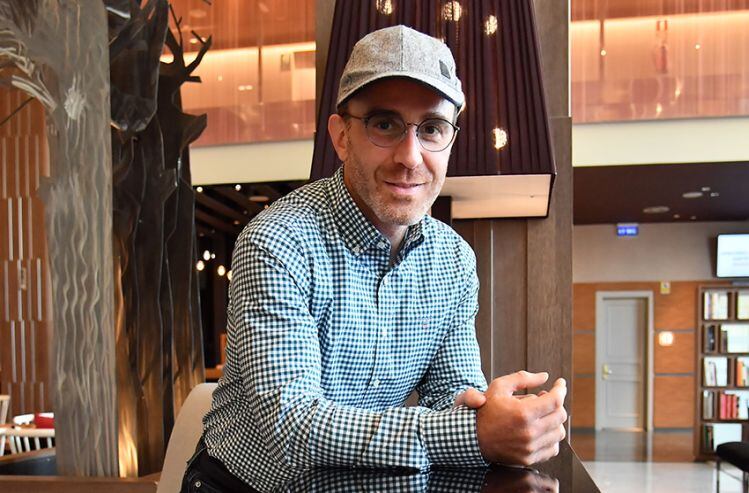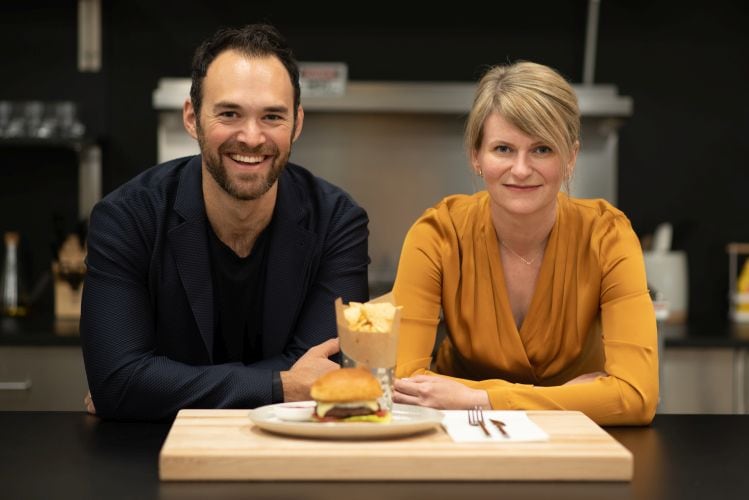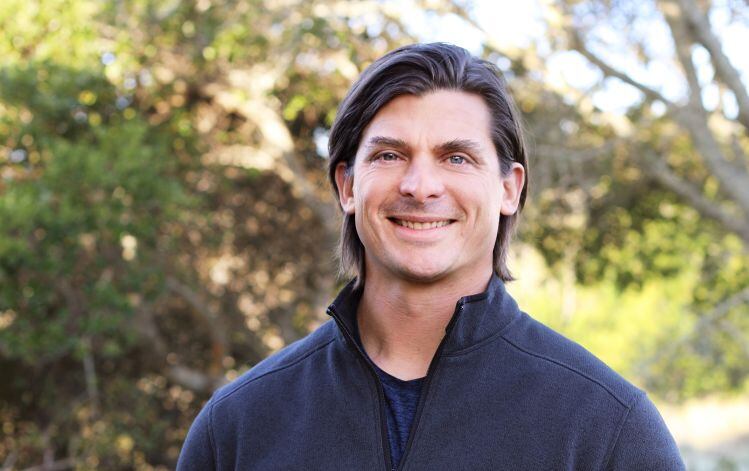But how close to the real thing are cultivated meat products going to be, and do the simple graphics gracing many startups’ websites and pitch decks featuring animal cells, a bioreactor, and a steak at the other end provide a realistic impression of what the first wave of products will actually look like?
‘I do believe that using just a biomass of cells, it may be a good product, but it's definitely not meat’
While Aleph Farms is deploying tissue engineering techniques pioneered in regenerative medicine to make beef steaks, many other startups – under pressure from investors to get a minimum viable product (nuggets, burgers) out in front of consumers – are simply harvesting cell biomass (a slurry of cells that have not yet differentiated and matured into tissue) and adding extruded vegetable protein to create a meaty texture.
The economics of this approach may be more attractive than tissue engineering in the short term, says the team at Aleph Farms, which is co-culturing multiple bovine cell types around sheets of vegetable-based, porous sponge-like scaffolding to make thin strips of tissue containing muscle, fat, and extracellular matrix (collagen and other components).
“But I do believe that using just a biomass of cells, it may be a good product, but it's definitely not meat,” says Toubia, noting that cells express different proteins when they have differentiated and matured into muscle and fat tissue, which means that a slurry of cell biomass will not have the same taste, texture or nutritional profile that the cuts of meat pictured on many startups’ marketing materials may imply.
“We believe that for the full sensory properties of meats, you need to have some degree of cell differentiation so you get the unique chemical compounds which make the taste and the flavor of meat.
“For instance, myoglobin [the heme-binding protein that contributes to the color and flavor of red meat] is just in muscle fibers [not cell biomass] and some unique fatty acids are only in adipocytes [differentiated fat cells].”
‘We may not be first, but we don't see that as an issue if the product we launch is the product which will really drive consumer acceptance and drive impact’
He adds: “An undifferentiated biomass of cells is probably better than just plant-based, but I see it as an intermediate solution. We are targeting a more advanced platform as our first product. Rushing to market with products which are not high quality would be detrimental for the company and the wider industry.”
Aleph Farms plans a soft launch in Singapore and Israel of a thin cut beef steak next year made at its pilot plant in Rehovot, Israel, and intends to start building a larger facility towards the end of the year with a view to a US launch in 2024, adds Toubia.
“We have an aggressive roadmap for launching products, but we put much more focus on time to acceptance than time to market, so we may not be first, but we don't see that as an issue if the product we launch is the product which will really drive consumer acceptance and drive impact.”
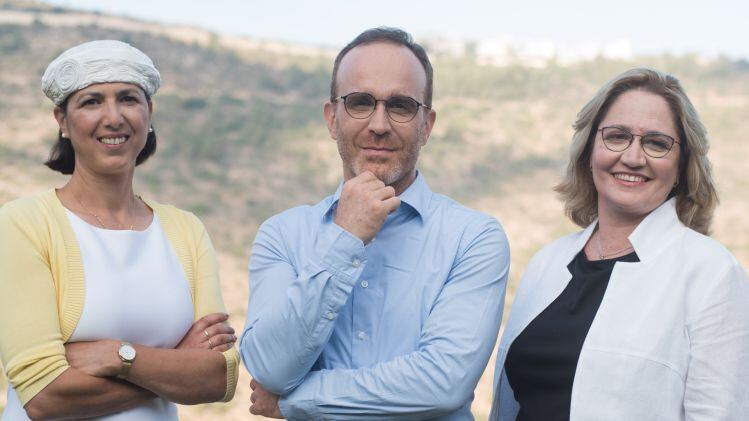
Cell lines: ‘We’re working with cells which are not modified, so they are not genetically engineered or edited, and not immortalized’
The firm, which was co-founded in 2017 and has raised around $120m to date, is working with embryonic stem cells.
These have distinct advantages as they are naturally pluripotent, so can grow and divide indefinitely in cell culture in the right conditions, and differentiate into multiple different cell types, Toubia explains.
“We’re working with cells which are not modified; they are not genetically engineered or edited, and not immortalized, which makes a big difference in terms of consumer acceptance and regulatory clearances in certain geographies.
“We’re using adherent cells, which are inherently more challenging because they usually need microcarriers/microbeads [ie. something to adhere to as they grow], but we are overcoming that limitation by growing the cells in free floating aggregates instead and using a very efficient way to use our growth medium.
“We developed a unique process covered in a patent which enables us to grow cells in certain conditions, while they adhere one to the other instead of adhering to microcarriers. They are suitable for mass production, for quick and long-term proliferation, at large scale.”
Angus beef
According to CTO and VP R&D Dr. Neta Lavon, “We have a few cell banks from different breeds, but our launch will be from cells from Angus cows.
“Using embryonic stem cells avoids the need to go back to the animal, which matters not only for ethical reasons, but also for logistical and safety reasons, because every time you take a biopsy, you have to test it and show it doesn't have any pathogens, and show what you’re doing is reproducible.”
Aleph Farms is cryopreserving its cell lines in master cell banks, vials from which can then be serially subcultured to produce working cell banks, she explains.
“We’ve created banks of frozen cells so we can make sure that each batch we make is exactly the same, as reproducibility is key for industrial production and regulatory approval. As we have these banks stored in different locations for food safety and security reasons, the whole production method is much more secure.”
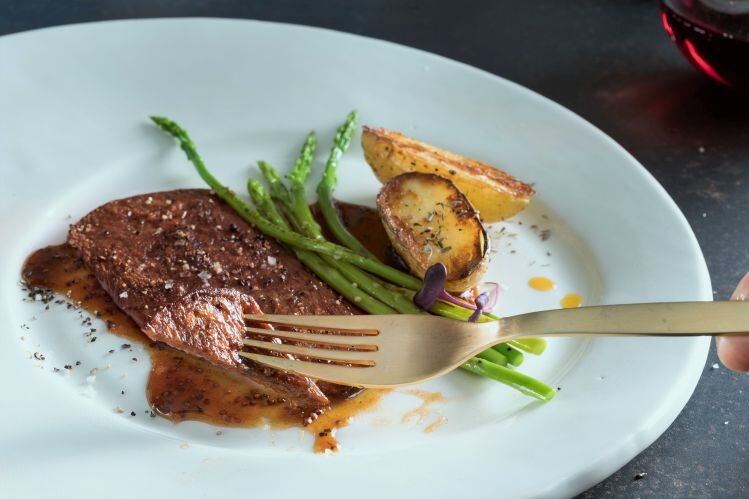
Platform #1: Thin cut steak
Aleph’s first product - thin beef steak – is grown in a two-stage process. First, the cells grow and divide in an initial bioreactor until they reach a certain mass, says Toubia.
“We're committing the cells to direct into specific types of mature cells and then in the tissue bioreactor, we seed the cells onto an edible scaffold [made of vegetable protein] where the final differentiation occurs; when the cells interact together on the scaffold, they have a unique interaction which delivers the texture, organoleptic and sensory properties of meat.”
Tissue bioreactor: differentiation and maturation
So what does the tissue bioreactor look like?
“It’s a big vessel with chambers and in each chamber, there are layers of the vegetable scaffold and the cells,” says Dr Lavon. “So we have tissue, we have a separation, a kind of a mesh, that they are stacked one on top of the other with separation, so the growth media flows between these stacks.
“The scaffolding is porous so it allows the cells to get the feed and oxygen they need.”
The challenge during the differentiation and maturation phase - whereby the stem cells differentiate into say, fat or muscle cells, and then mature into fat or muscle tissue - is to increase efficiency and shorten the time required to achieve suitable tissue, says Aleph co-founder Shulamit Levenberg, Professor at the faculty of biomedical engineering at The Technion Israel Institute of Technology, who first started engineering vascularized tissue way back in 2005.
There are things Aleph Farms has worked on internally to speed up this process without changing the native genetic material, although it is also assessing external technologies, she says.
“You don't need to genetically modify cells to increase the efficiency of stages of the differentiation and maturation process.
“For example, you can add small molecules that can affect differentiation or help cells fuse better, so these things will evolve as the field matures and there will be collaborations, because no one company will be able to do everything.”
Platform #2: Thicker cuts made with bioprinting?
The limitation of the above approach is that the steaks Aleph is growing currently are fairly thin, “because you need to make sure that all the cells are fed well so you don't have necrosis in the center of the tissue as we don’t have blood vessels,” says Dr Lavon.
“In order to move into thicker steaks, we're developing the second 3D printing platform, which has blood vessel-like tubing that allows the media to feed the cells in thicker tissues. The second advantage of 3D printing is the fact that you can really tailor the steak and make sure that it's marbled and so that in every bite that you take, we have all the different cell types.”
Deploying Prof. Levenberg’s breakthrough work in this field, Aleph has been experimenting with bioprinting living bovine cells at different stages of differentiation in an edible gel comprising plant protein isolates and alginate into a support bath (a tray containing media) and then incubating the mixture so the cells can continue to differentiate and mature until the steaks solidify as tissue is formed and the tray can be removed.
Analysis of the tissue following the incubation period showed very high cell viability, which is particularly exciting, says the company.

‘It will take a few more years to get to the stage where we can implement it at large scale’
So when might thicker 3D steaks manufactured at scale through bioprinting hit the market?
“In terms of scalability, it's a more complex technology than our first thin steak platform and I believe it will take a few more years to get to the stage where we can implement it at large scale,” says Toubia.
“But we successfully completed the first proof of concept last year with the Technion and during the last 12 months, we’ve started the development of a commercial version of this technology.”
But wouldn’t it be more cost efficient to find ways to engineer a 3D scaffold with materials that enable the growth media to suffuse through thicker tissue and reach all the cells at the center without using bioprinting, which has not yet been deployed at scale?
“We’re exploring all different directions, and yes, you can get a thicker steak even without the 3D bioprinting and we’re also working on that,” says Prof. Levenberg.
Thin cut steaks: Price parity in five years from launch?
In general, says Toubia, the “scalability of cultivated meat is a challenge for everyone. But we have a very strong process development team and a few proprietary technologies we have developed to improve the scalability of the process and reduce costs, and we're confident we can reach our goals in terms of scale and reaching price parity within five years of launch.
“If we get regulatory approvals next year we would aim for price parity [with premium conventional beef steaks] by around 2028, which is a relatively short period. Look at plant-based alternatives [which have been around for decades], they are still significantly more expensive.”
With that said, he added, “I agree that using existing technologies and just scaling them up may not be the right way to reach the goals in terms of cost and scale. We need to innovate on the process development side for maximizing the yield of the cells and incorporate different technologies to make the use of resources more efficient.
“We also need to build a dedicated supply chain upstream,” adds Toubia, who notes that the cost of key proteins and growth factors used in cell culture media could drop dramatically through a combination of scale, food-rather-than-pharma protocols, and developing microbial strains that can express the desired proteins more efficiently.
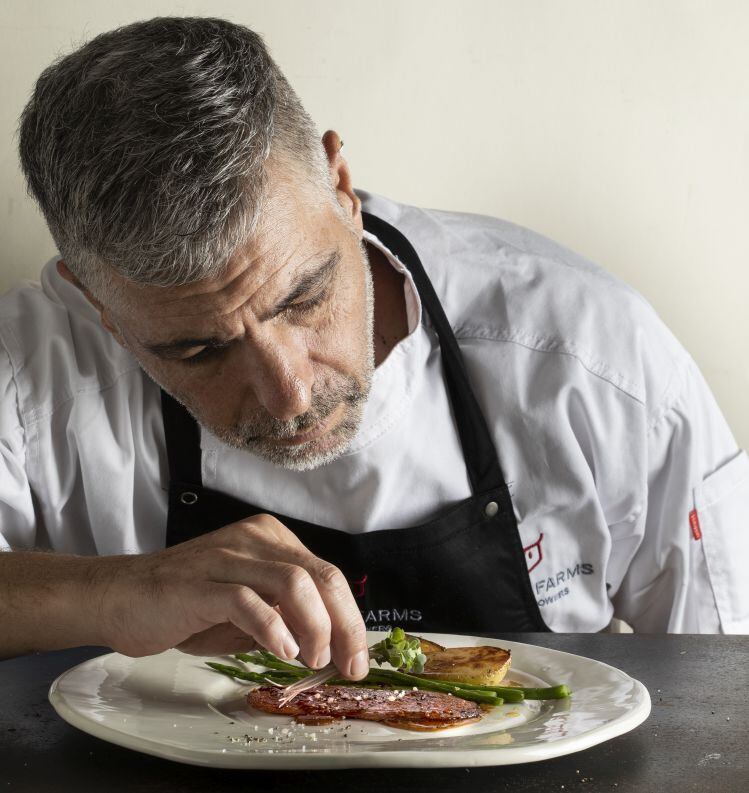
Consumer proposition: ‘Cultivated meat will not be successful just because it's produced more sustainably’
But what about the consumer proposition for cell-cultured meat?
Even if they are comfortable with meat made in bioreactors – and research suggests younger consumers are certainly open to this – what is the appeal? Aside from the novelty factor, why would people buy products that - initially at least - are going to be more expensive, not quite the same as meat they are used to, and arguably no healthier?
It’s a fair question, says Toubia, who ultimately sees two kinds of ‘real’ meat that will appeal to more conscious consumers: “Slaughtered meat that’s part of a transition towards more sustainable farming practices such as regenerative agriculture, and then cultivated meat which needs to differentiate itself and build a unique value proposition, perhaps on a zero-pathogen* platform, or with unique nutritional or sensory properties, and at a predictable, consistent price.
“But cultivated meat will not be successful just because it's produced more sustainably. That will not be enough for driving mass acceptance.”
*According to proponents of cell-cultured meat, it requires far less land and water than conventional meat, generates far fewer GHG emissions, and eliminates the severe environmental repercussions of animal waste and contamination via runoff. It also requires no antibiotics, produces no bacterial contamination, and above all, does not harm animals.
Cell-culture media economics: ‘I'm much more relaxed this year, after years of development’

“We don't use any animal components except for the initial cells that we took from the cow; all the growth media formulation that we’ve developed in the last four years is animal component free,” says Dr. Neta Lavon, Ph.D., CTO and VP of R&D.
“We have a collaboration with Wacker, which has expertise in making recombinant proteins, and we’ve done very thorough work with them in the last four years.”
In theory, she points out, dramatically reducing the cost of proteins used in cell culture media “should be feasible when you think about it, as enzymes are proteins that are typically produced recombinantly very cost-efficiently as they are now so widely used in industry.
“But you can’t do everything yourself, so we need as an industry to convince companies that currently produce growth media mainly for the pharma industry to build plants for the food industry and give them the confidence that there is a big enough market [for cultivated meat to warrant this].”
Aleph’s agreement with Wacker, therefore, is non-exclusive, she says, noting that any recombinant proteins developed through the partnership would be available to any cultivated meat company.

